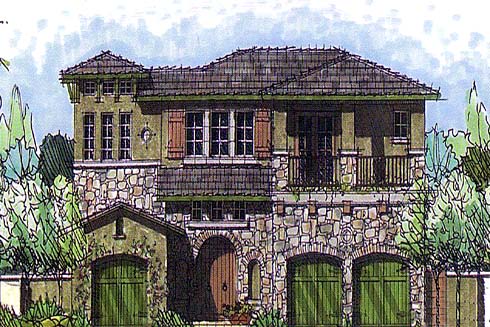REDLINING
Breaking Down Barriers: Confronting Redlining in Real Estate
Introduction:
Understanding Redlining:
Redlining is a discriminatory lending practice that emerged in the early to mid-20th century, particularly during the era of racial segregation in the United States. The term itself refers to the practice of lenders drawing red lines on maps to designate neighborhoods where they would not provide mortgage loans or financial services, primarily based on the racial or ethnic makeup of those areas.
Key Elements of Redlining:
Racial Discrimination:
The primary driver of redlining is racial or ethnic discrimination. Minority communities, especially African American and Hispanic neighborhoods, were disproportionately affected by these discriminatory lending practices.
Access to Credit:
Redlining restricted access to credit and mortgage loans for residents of certain neighborhoods, perpetuating economic disparities and limiting opportunities for homeownership.
Impact on Housing Values:
The denial of financial services contributed to a decline in property values in redlined neighborhoods, further deepening the economic challenges faced by residents.
Generational Consequences:
The effects of redlining have had intergenerational repercussions, as the denial of opportunities for homeownership resulted in limited wealth accumulation and economic mobility for affected families.
Historical Roots:
Redlining gained prominence in the 1930s when the Home Owners' Loan Corporation (HOLC) created residential security maps to guide lending decisions. Neighborhoods were graded based on perceived credit risk, with minority-majority areas often receiving the lowest grades. This discriminatory practice persisted for decades, influencing lending decisions and perpetuating segregation.
Impact on Communities:
Wealth Disparities:
Redlining contributed to significant wealth disparities between minority and non-minority communities. The denial of homeownership opportunities limited the ability of residents in redlined areas to build equity and accumulate wealth.
Educational Disparities:
Limited access to quality housing and credit in redlined neighborhoods often correlated with disparities in educational opportunities, creating a cycle of disadvantage for generations.
Community Development Challenges:
Redlining hindered the development of redlined neighborhoods, as disinvestment led to deteriorating infrastructure, reduced services, and overall economic decline.
Community Development Challenges:
Redlining hindered the development of redlined neighborhoods, as disinvestment led to deteriorating infrastructure, reduced services, and overall economic decline.
Addressing the Legacy of Redlining:
Legal Measures:
The Fair Housing Act of 1968 outlawed housing discrimination based on race, color, religion, or national origin. Efforts to enforce fair lending practices continue to evolve with the goal of eliminating redlining.
Community Reinvestment:
Community organizations and advocates work towards reinvesting in redlined neighborhoods, promoting economic development, affordable housing, and improved infrastructure.
Education and Awareness:
Increasing awareness about the historical impact of redlining fosters understanding and prompts action to address systemic inequalities in the real estate sector.
Conclusion:
Redlining remains a stark reminder of the historical injustices embedded in real estate practices. While legal measures have sought to eradicate discriminatory lending practices, the ongoing efforts of communities, policymakers, and advocates are crucial for dismantling the lasting legacy of redlining. By confronting and addressing these systemic issues, the real estate industry can move towards a more equitable and inclusive future, where every individual has equal access to housing opportunities, regardless of their racial or ethnic background.
MORE REAL ESTATE TERMS
A, B, C, D, E, F, G, H, I, J, K, L, M, N, O, P, Q, R, S, T, U, V, W, X, Y, Z
Featured New Home

Featured Mortgage Brokers
- Blue Square Mortgage LLC, mortgage broker in Seattle, WA
4212 33rd Ave W
Seattle, WA 98199 - ACADEMY MORTGAGE CORPORATION, CHICO, CA
1600 MANGROVE AVE STE 100
CHICO, CA 95926 - M AND T BANK, CHEEKTOWAGA, NY
80 HOLTZ DR STE 2
CHEEKTOWAGA, NY 14225 - CARLILE PROPERTIES, SACRAMENTO, CA
1009 22ND STREET, 3A
SACRAMENTO, CA 95816 - FIRST PRIORITY FINANCIAL INC, ROSEVILLE, CA
1050 OPPORTUNITY DR STE 145
ROSEVILLE, CA 95678